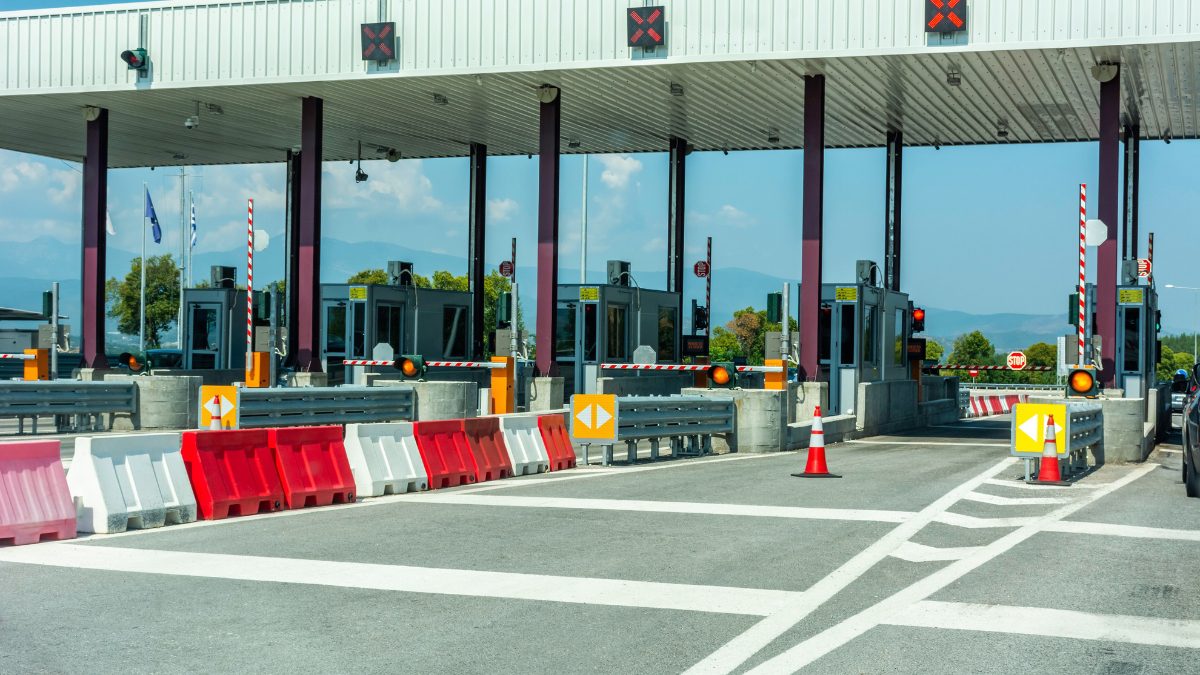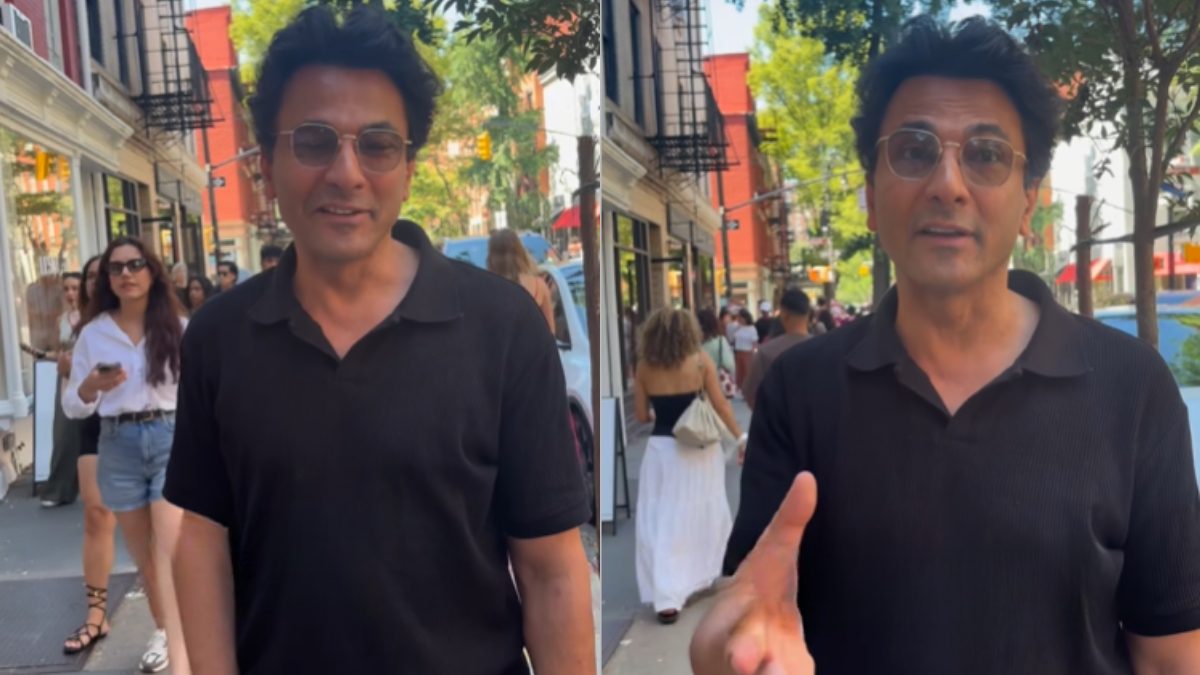The advent of the latest Artificial Intelligence or AI models has impacted almost every human avenue. Not even art is to remain untouched by it. Granted, as of now, AI art is a controversial subject in this day and age and many even believe the term to be oxymoronic. Regardless of where you stand on the extremely nuanced and topical debate, here’s something that might interest you. An AI artist reimagined what these man-made wonders of the world would look like as inflatables.
AI Artist Reimagines What World’s Wonders Look Like As Inflatables
View this post on Instagram
Instagram user Joann who calls herself an AI artist has recently taken to the popular social media platform and shared unique images. She dubbed the series of images “Inflatable wonders” in the caption.
The images are all the popular man-made wonders like Eiffel Tower and the Taj Mahal, however, they’re remade as inflatables. They look like giant balloons or bouncy castles. They were posted six days ago and have since managed to garner more than 18 thousand likes.
In order, you can see the iconic Eiffel Tower in Paris, the Colosseum in Rome, St. Basil’s Cathedral in Moscow, Stonehenge in the United Kingdom, the Arc De Triomphe in Paris, Pyramid in Giza, the Leaning Tower of Pisa in Italy, the Taj Mahal in India, the Statue from Eastern Island, and finally, Christ The Redeemer in Brazil.
Also Read: Biryani In Hyderabad To Snow In Kashmir, Artist Creates AI Images Of Metros In Diff Cities
Why AI Art Is So Controversial?

There are a number of issues at hand when one considers the possibility of AI art. The first and possibly the biggest issue is the sourcing of images that the AI uses in generating the “art.” In case you weren’t aware, in order to generate an image that best suits its prompts, the AI scours databases that store images.
These images are then reproduced without the permission of the original photographer or artist who is responsible for the images in the first place. This constitutes unethical usage of intellectual property.
Especially considering the fact that such AI-generated images are used for commercial purposes and that the people behind the original images receive no remuneration whatsoever, their usage seems even more unethical.
Also Read: AI Images Show Elon Musk If He Was A Bangalore Boy And Netizens Are Roaring With Laughter
What are your thoughts on artificial intelligence and its “art”-making? Let us know in the comments below!
Cover Image Credits: @joooo.ann/Instagram
First Published: May 23, 2023 4:08 PM



